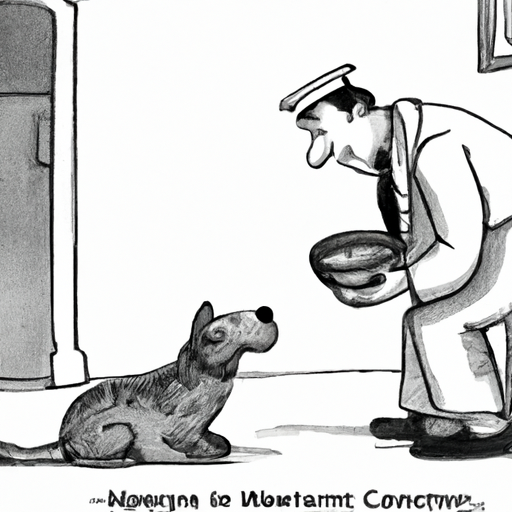As a caregiver, you might find yourself wondering about the unique dynamics of animal care. Specifically, you might be curious about a common question, “Can dogs have catnip?” In this article, we will delve into the details, breaking down the pros, cons, and how-tos of giving catnip to your dogs.
1. Understanding Catnip
Catnip, scientifically known as Nepeta cataria, is a member of the mint family. This plant is famous for its effects on cats, who usually show an intense attraction to it. But how does it affect dogs?
While dogs don’t respond to catnip like cats do, they can still benefit from this plant. Catnip can help with digestive issues, nervousness, and it can also serve as a mild sedative. However, it’s important to remember that too much of anything can be harmful.
2. Health Benefits of Catnip for Dogs
There are several health benefits of catnip for dogs, such as:
- Soothing the stomach: Catnip can help soothe your dog’s stomach and reduce flatulence. It can also stimulate appetite in picky eaters.
- Reducing anxiety: Catnip has mild sedative properties, which can help calm anxious dogs.
- Easing menstrual discomfort: For female dogs in heat, catnip can help alleviate cramping.
3. How to Administer Catnip to Dogs
Administering catnip to dogs is a delicate process. Follow these steps to ensure you’re doing it correctly:
- Choose the right form: Catnip comes in various forms like dried leaves, sprays, and even as a stuffing in toys. Choose a form that best suits your dog’s preferences.
- Start small: Begin with a small amount of catnip to see how your dog reacts to it. Gradually increase the dosage if you do not notice any adverse reactions.
- Monitor your dog: Keep a close eye on your dog after they ingest catnip. Look out for any signs of discomfort or allergic reactions.
4. Possible Side Effects
Like any other substance, catnip can have side effects if given excessively or if your dog is allergic to it. Some possible side effects include:
- Upset stomach
- Diarrhea
- Vomiting
- Increased heart rate
- Difficulty breathing
If you notice any of these symptoms, stop giving catnip to your dog immediately and consult your vet.
5. Catnip Alternatives for Dogs
If catnip doesn’t seem to suit your dog, don’t worry. There are several other herbs that can provide similar benefits, such as:
- Chamomile: Known for its calming effects, chamomile can help soothe an anxious dog.
- Peppermint: This herb can help with digestive issues and also serves as a natural flea repellent.
| Herb | Benefits |
|---|---|
| Catnip | Soothes stomach, Reduces anxiety, Eases menstrual discomfort |
| Chamomile | Calms nerves, Aids sleep |
| Peppermint | Aids digestion, Repels fleas |
FAQ
Q: Can all dogs have catnip?
A: While most dogs can safely have catnip, it’s always best to consult with your vet before introducing anything new into your dog’s diet.
Q: How much catnip can I give my dog?
A: Start with a small amount and closely monitor your dog’s reaction. If there are no signs of discomfort, you can gradually increase the dosage.
Q: Can I grow catnip at home for my dog?
A: Yes, you can grow catnip at home. However, keep it out of reach of your pets to prevent them from overindulging.
In conclusion, while catnip is more commonly associated with cats, dogs too can benefit from this herb. As a caregiver, your priority should always be the safety and well-being of your pet. Always start with small amounts, monitor your pet’s reaction, and consult your vet when in doubt.



